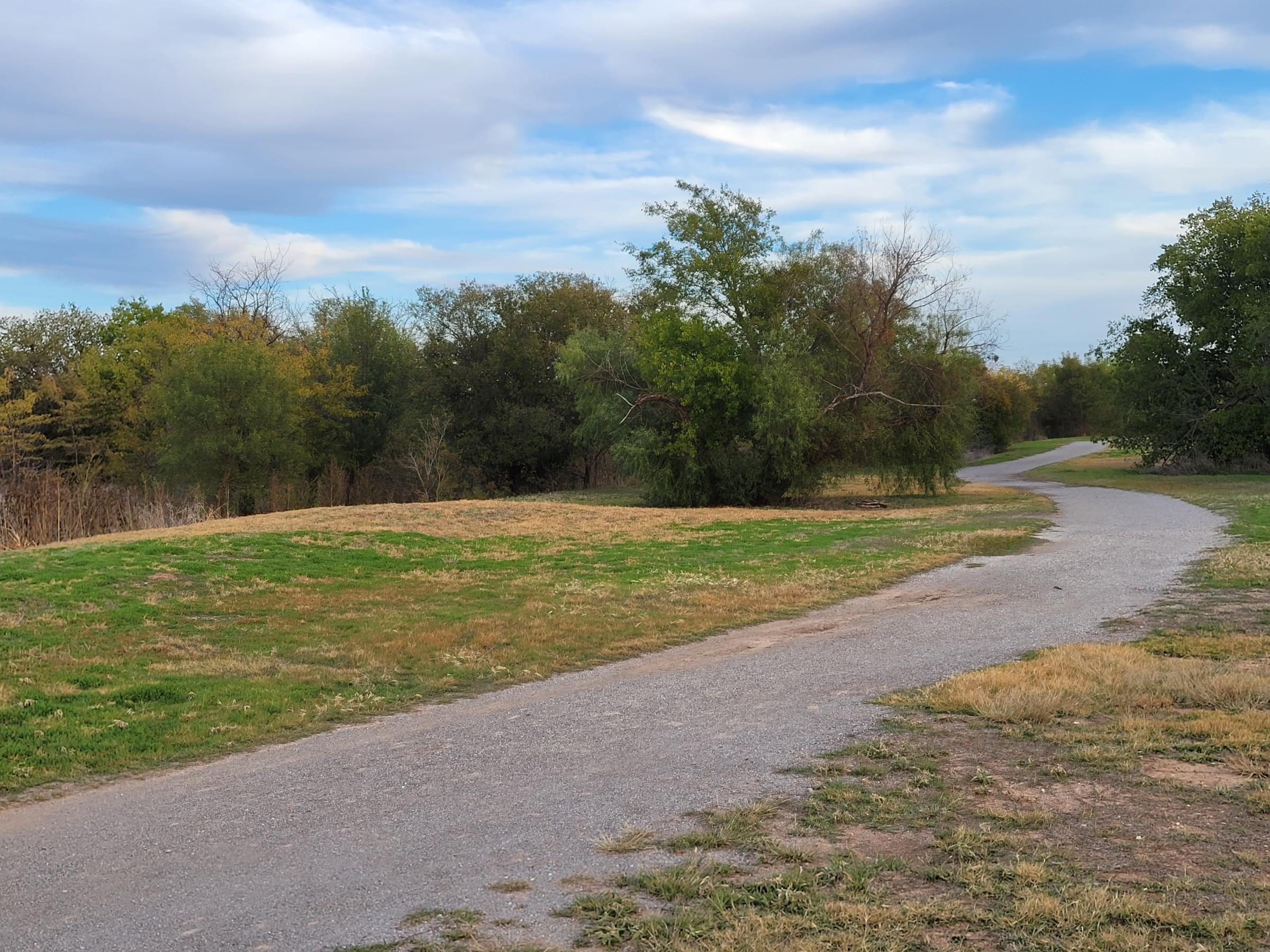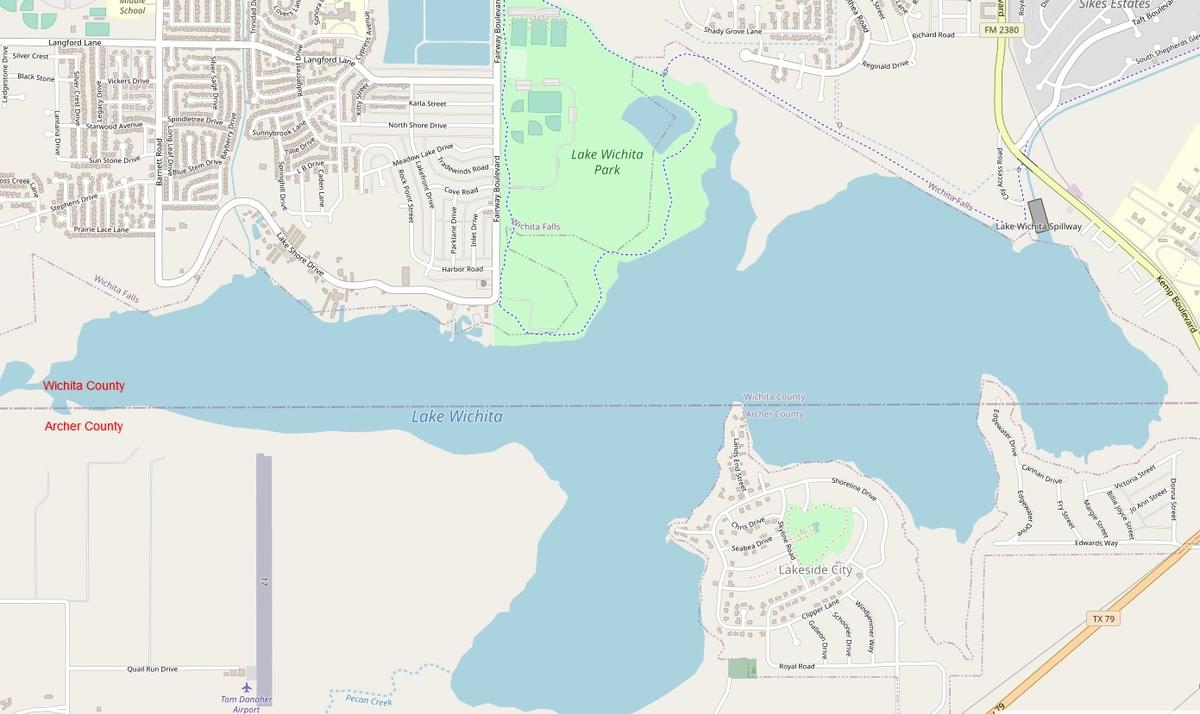Lake Wichita Park--Chat Trail

Tips for Birding
The best times to bird this spot is spring and fall migration and to a lesser extent, winter.
Birds of Interest
This spot has produced 19 species of warbler and 5 species of vireo and has turned up some oddities as well. This is the only location in the county that Bay-breasted Warbler and Western Tanager have been recorded. It is also the best place to find Black-headed, Rose-breasted Grosbeak and Hairy Woodpecker (also in Lucy Park) in the county. Shorebirds gather on the pond when it is low in the spring and the fall. The trail and the pond is a good spot for Marsh Wren, Sora and Swamp Sparrow. This is one of the few places that Least Bittern have been seen in the county.
About this Location
This is only about a 0.5-mile trail, although the trail does loop around the park if you so choose (but only put your birds on the ebird list from the 0.5-mile trail). Directions to the ebird hotspot pin will take you to the parking lot needed to access the trail. This has the largest trees that are in the park (cottonwood, boxelder, willow, American elm, hackberry, mulberry). The trail follows a drainage that turns into a creek. There is also a pond that I include on this hotspot that is south of the iron bridge. As with all places in North Central Texas, the weather has to be right. There have been days in spring that I have seen very few birds.
About Lake Wichita
See all hotspots at Lake Wichita
Lake Wichita is a reservoir built in 1901 on Holiday Creek, a tributary of the Wichita River. It is the third oldest reservoir in the state and has a surface area of 1,224 acres. Lake Wichita Park is a popular recreation area on the north shore of the lake, offering hiking, biking, fishing, disc golf, and sports fields. The lake and the park are undergoing a revitalization project to restore the ecosystem and enhance the amenities.
Officially incorporated in 1889, the City of Wichita Falls continued to experience growth entering the Twentieth Century. With this increased population, the availability of water remained important. As a result, Joseph A. Kemp, a local businessman and promoter of Wichita Falls, began looking for a place to build a dam. Always on the lookout for a lake location that could supply flood control, irrigation, and community water, Kemp found a site at Holiday Creek.
While returning from a business trip after a rainstorm in 1900, Kemp came across a flooded Holiday Creek near the community of Bowman, a small town near Wichita Falls. At his own expense, Kemp then brought engineers who determined the potential location feasible for a reservoir. Residents of Bowman were forced to leave as the dam, completed in 1901, captured the water from Holiday Creek and formed a lake. The third man-made lake in Texas, a concrete dam, completed in 1921, eventually replaced the original earthen dam with a more reliable means of holding water.
Besides providing water and irrigation for residents, Lake Wichita became known as a choice recreation spot. In 1904, lands were granted for a public road to the lake. Shortly thereafter, Kemp developed amusements near the lake including a pavilion, hotel, race track, baseball park, rides, boating, picnicking, and summer cottages. Lake Wichita's water levels continued to diminish due to silting and became essentially dry by 2014 before rebounding from significant rains. The lake served as the primary potable water source and recreational area for many years and continues to hold an important place in the development of the community of Wichita Falls.
Notable Trails
The hotspot is the trail, Chat Trail.
Features
Restrooms on site
Wheelchair accessible trail
Entrance fee
Content from Scotty Lofland
Last updated November 7, 2023
